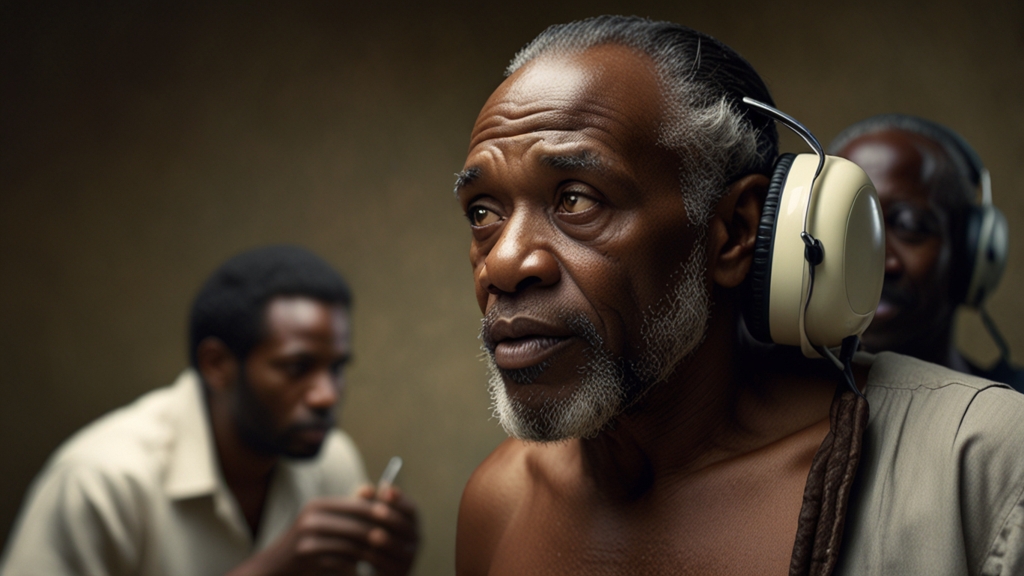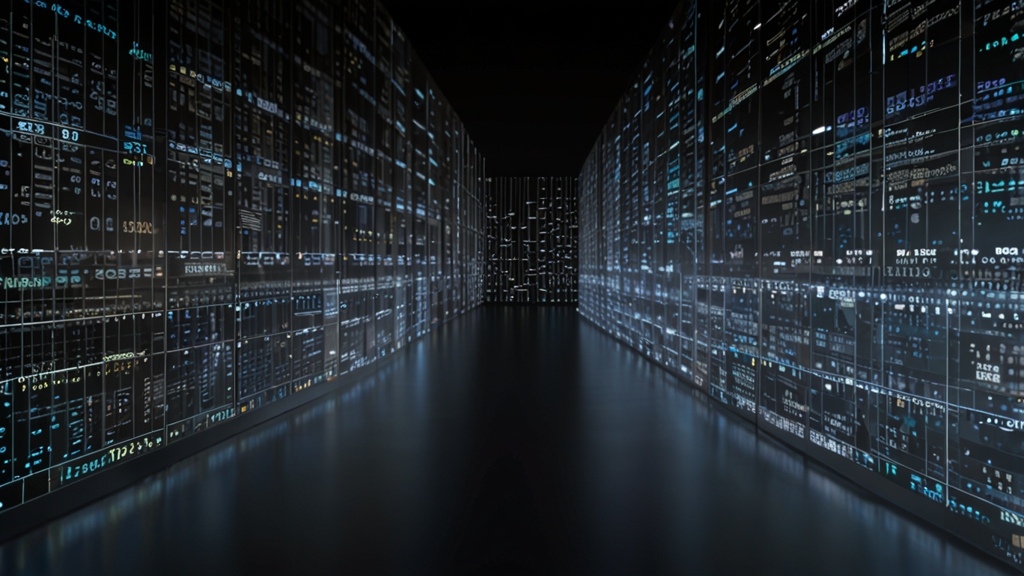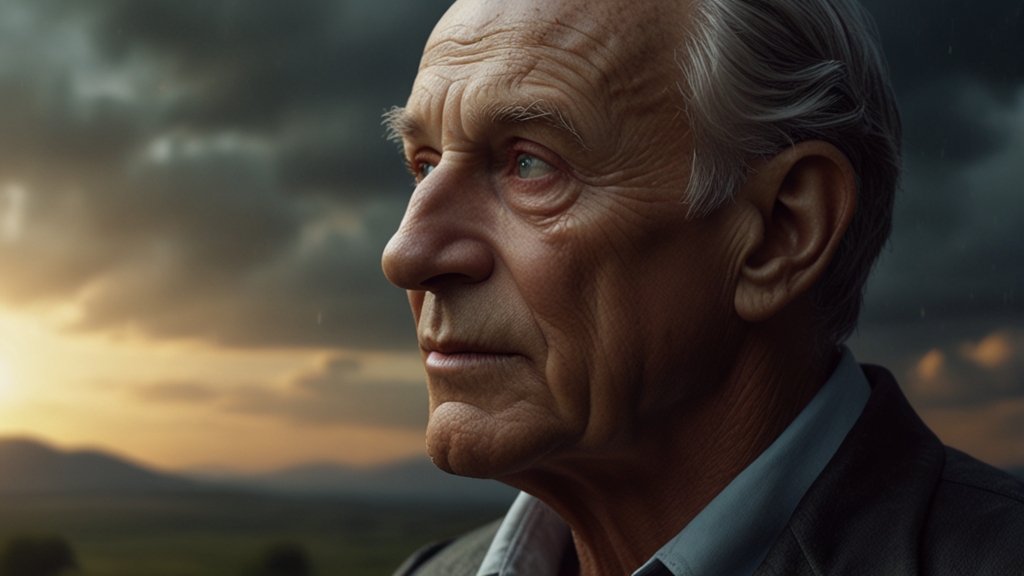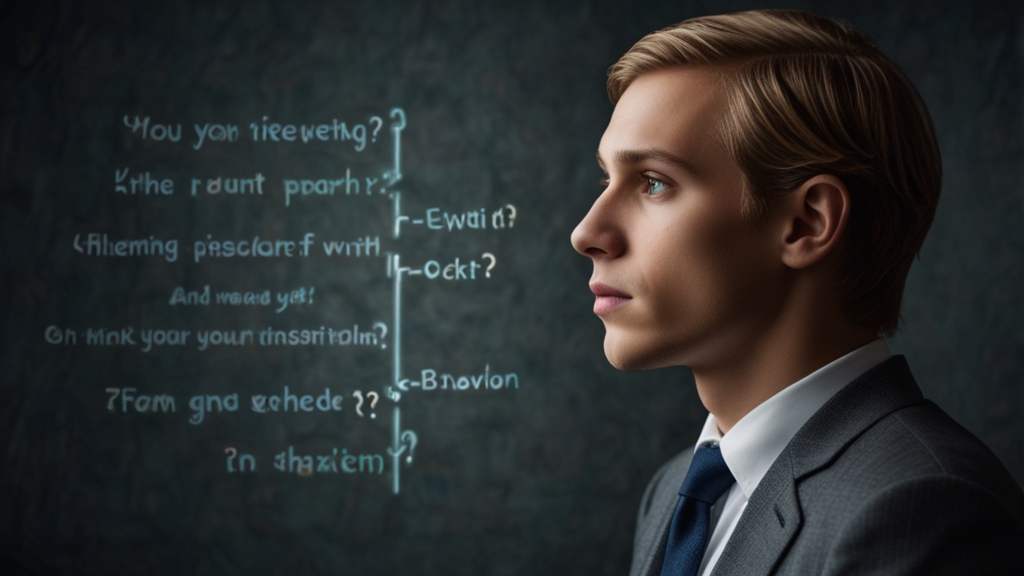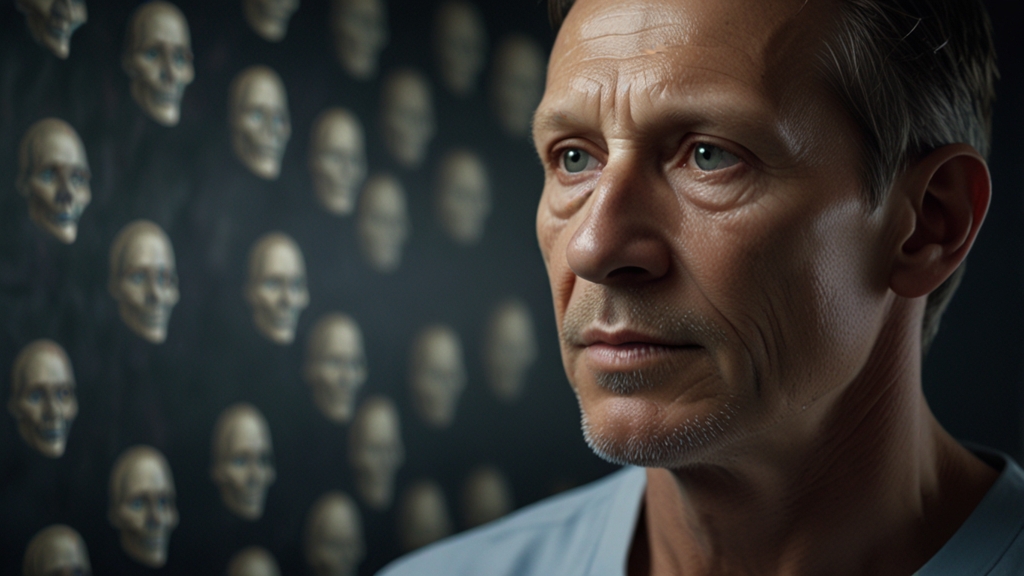Are We Living in a Simulation? The Science Behind the Theory
The notion that our reality might be a sophisticated computer simulation has intrigued thinkers, scientists, and philosophers alike. While this idea may sound like the plot of a science fiction movie, it has gained traction in scientific and philosophical circles. Essentially, the simulation theory posits that our perceived reality is an artificial construct created by an advanced civilization or even future humans. But what science underpins this mind-boggling hypothesis?
The Philosophical Foundations
One of the first modern proponents of the simulation theory is philosopher Nick Bostrom. In his seminal 2003 paper, "Are You Living in a Computer Simulation?", Bostrom presents a trilemma, suggesting one of three possibilities must be true:
- Human civilizations are unlikely to reach a level of technological sophistication capable of creating simulated realities.
- Advanced civilizations that are capable of such simulations choose not to run them.
- We are almost certainly living in a simulation.
"If there were a substantial chance that sometime within the next 50 years we will have uploaded our minds into computers, we should expect the majority of ‘minds’ like ours to be simulated rather than biological." – Nick Bostrom, Philosopher
According to Bostrom, if a technologically advanced civilization could run many simulations, the number of simulated beings would vastly outnumber the number of real beings, making it statistically likely that we are in a simulation.
Scientific Perspectives
Beyond philosophical arguments, some scientists have explored whether empirical evidence might support the simulation hypothesis. A few areas of interest include:
The Nature of Quantum Mechanics
Quantum mechanics reveals a strange, probabilistic world at microscopic scales. Some theorists propose that the weirdness of quantum particles – appearing in multiple states at once, only to "collapse" into a single state upon observation – could be indicative of a simulated reality. This behavior resembles "rendering" in video games, where the environment only fully resolves into detailed landscapes when a player looks at it.
Cosmic Ray Testing
Physicist Silas Beane and his colleagues proposed that cosmic rays could provide a clue. In a 2012 paper, they suggested that if our universe is a simulation, there would be limitations on the physical laws being simulated. Cosmic rays might display energy limits or distortions if they were traveling through a finite, computational grid, as would be expected in a simulated environment.
"If you make a simulation with the objective of inhabiting it, which physicists are already exploring, it’s not a great leap to think a superintelligent species has already done so." – Rich Terrile, NASA Scientist
Technological Horizons
If we consider the rapid advancements in virtual reality (VR) and artificial intelligence (AI), the notion of creating a seamless, immersive simulation doesn't seem so outlandish. Already, VR can simulate convincing three-dimensional environments, and AI can generate lifelike interactions. Given another century or millennium of technological evolution, a fully immersive, indistinguishable simulation might be within reach.
Moreover, the advent of brain-computer interfaces, such as those being developed by companies like Neuralink, presents the possibility of directly interfacing with and manipulating human perception. Such technologies hint at a future where simulated experiences could become as commonplace and as real as actual sensory experiences.
Conclusion
The simulation theory straddles an intriguing line between philosophy, science, and technology. While it remains a speculative hypothesis, it compels us to question the very nature of reality and our place within it. Whether we are living in a base reality or an elaborate simulation constructed by advanced intelligences, the exploration of this theory pushes the boundaries of our understanding and imagination.





